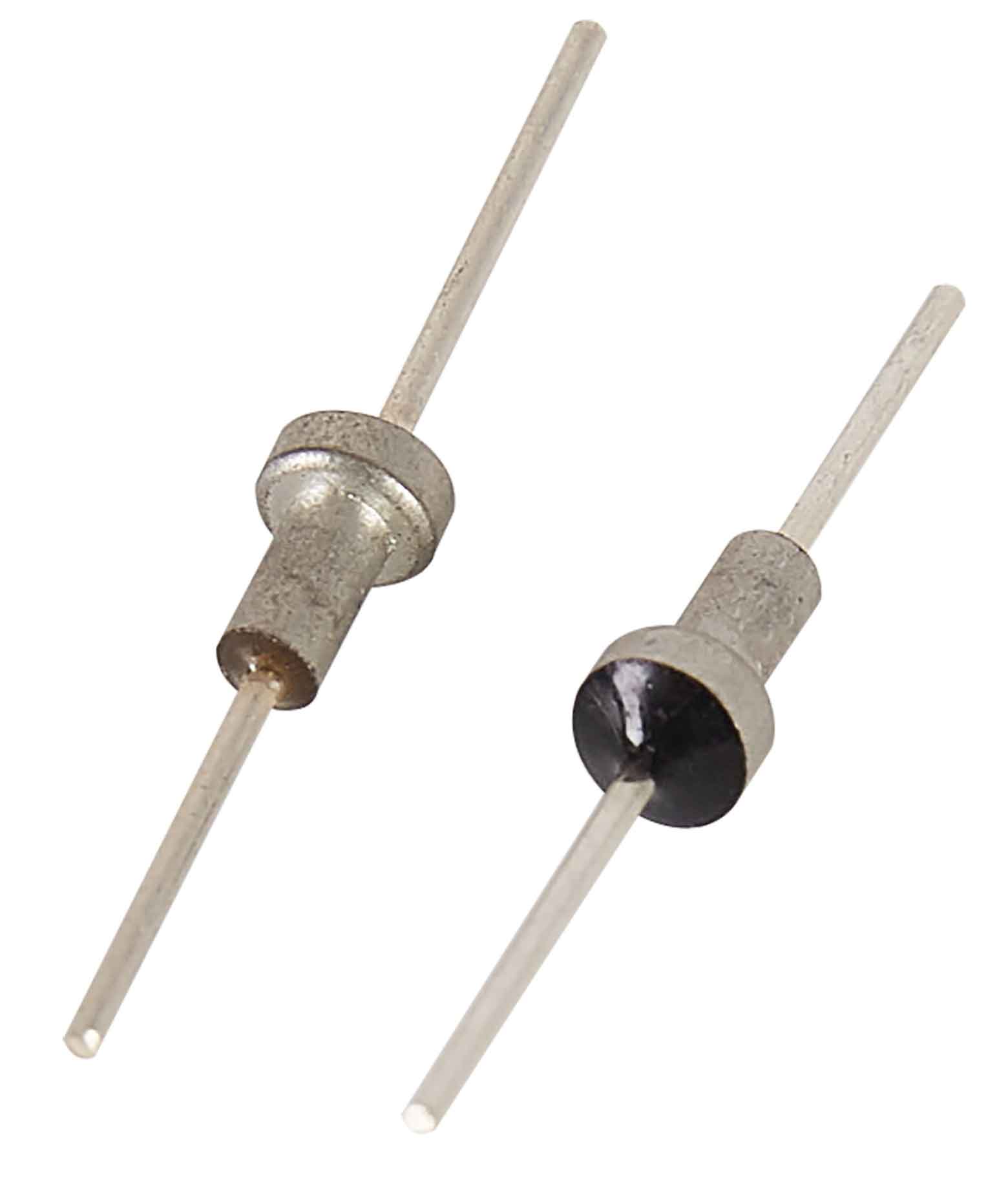The feedthrough capacitor is a three-terminal capacitor, but compared to the ordinary three-terminal capacitor, because it is directly mounted on the metal panel, its grounding inductance is smaller, and there is almost no influence of lead inductance. The ends are isolated by a metal plate, eliminating high-frequency coupling. These two characteristics determine that the feedthrough capacitor has a filtering effect close to that of an ideal capacitor.
 It is a ceramic medium, and the capacitance of the ceramic capacitor will change with the change of the ambient temperature. This change in capacitance will affect the filter cut-off rate of the filter. The rate of temperature change of the capacitance of the ceramic capacitor is determined by the ceramic medium itself. Therefore, it is very important to choose an appropriate ceramic medium. The capacitor used in the filter is generally a ceramic capacitor. Due to its physical structure, this ceramic capacitor is also called a feedthrough capacitor.
It is a ceramic medium, and the capacitance of the ceramic capacitor will change with the change of the ambient temperature. This change in capacitance will affect the filter cut-off rate of the filter. The rate of temperature change of the capacitance of the ceramic capacitor is determined by the ceramic medium itself. Therefore, it is very important to choose an appropriate ceramic medium. The capacitor used in the filter is generally a ceramic capacitor. Due to its physical structure, this ceramic capacitor is also called a feedthrough capacitor.
The self-inductance of the feed-through capacitor is much smaller than that of the ordinary capacitor, so the self-resonant frequency is very high. At the same time, the feed-through design effectively prevents high-frequency signals from being directly coupled from the input to the output. This combination of low-pass and high-impedance provides excellent suppression in the 1GHz frequency range. The simplest through-core structure is one (C type) or two capacitors (Pi type) composed of internal and external electrodes and ceramics.




